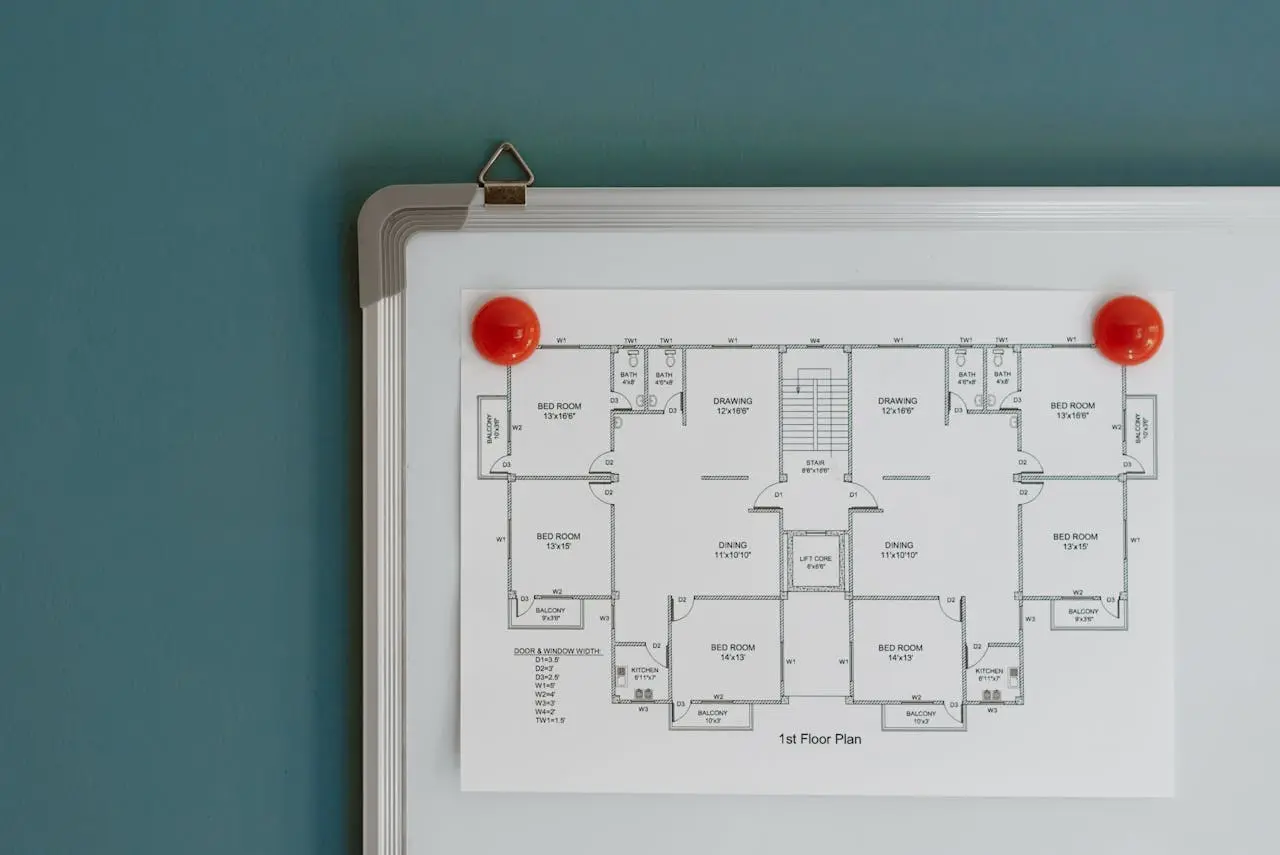From Concept to Creation: The Work of an Architectural Firm

Architectural firms play a crucial role in shaping the spaces we live, work, and play in. They are responsible for transforming ideas into tangible structures that are functional, aesthetically pleasing, and sustainable. But what exactly does the work of an architectural firm entail? Let’s explore the various aspects of their work in a Philippine context.
Design the Home You’ve Always Wanted.
Schedule Your Free Consultation.
1. Design and Conceptualization
At the heart of every architectural firm is the creative process of design and conceptualization. This is where the architect’s vision takes shape. Architects work closely with clients to understand their needs, preferences, and the purpose of the building. This phase includes:
- Client Consultation: Understanding the client’s requirements, budget, and goals.
- Site Analysis: Evaluating the location, environment, and potential challenges of the site.
- Concept Development: Creating initial sketches and ideas that align with the client’s vision.
- Home Design Services: Presenting detailed plans, 3D models, and renderings to give the client a clear picture of the final structure.

2. Technical Planning and Documentation
Once the design is finalized, the architectural firm moves into the technical phase. This involves creating detailed blueprints and technical drawings that outline every aspect of the construction. Key activities include:
- Construction Drawings: Detailed plans that guide contractors on how to build the structure.
- Specifications: Comprehensive documents that specify the materials, finishes, and construction techniques to be used.
- Building Codes Compliance: Ensuring that the design meets all local building codes and regulations.
- Permitting: Assisting clients in obtaining the necessary permits and approvals from local government units (LGUs).
3. Project Management
Architectural firms often take on the role of project managers, overseeing the entire construction process. This ensures that the project is completed on time, within budget, and to the highest standards. Their responsibilities in this phase include:
- Coordination with Contractors: Collaborating with builders, engineers, and other professionals involved in the construction.
- Budget Management: Monitoring costs and ensuring that the project stays within the financial plan.
- Quality Control: Regular site visits to ensure that the construction adheres to the design and quality standards.
- Problem Solving: Addressing any issues or changes that arise during construction, including those related to local regulations or unexpected site conditions.
4. Sustainability and Innovation
Modern architectural firms are increasingly focusing on sustainability and innovation. They integrate environmentally friendly practices into their designs and often explore new technologies to create smarter, more efficient buildings. This includes:
- Green Building Practices: Utilizing sustainable materials, energy-efficient systems, and environmentally conscious design.
- Innovation in Design: Exploring new architectural trends and technologies, such as modular construction and smart homes.
5. Post-Construction Services
The work of an architectural firm doesn’t end when construction is completed. Many firms offer post-construction services to ensure the building’s long-term success. These may include:
- Maintenance Planning: Providing guidance on maintaining the building’s systems and structure.
- Post-Occupancy Evaluation: Assessing the building’s performance and making any necessary adjustments.
- Renovation and Expansion: Assisting clients with future renovations or expansions to meet evolving needs.
6. Specialized Services
Some architectural firms offer specialized services depending on their expertise and the needs of their clients. These can range from interior design and urban planning to landscape architecture and historic preservation.
- Interior Design: Space planning and layout optimization
- Landscape Architecture: Water management and irrigation systems
- Architectural Visualization and Rendering: 3D modeling and photorealistic rendering

Conclusion
Architectural firms in the Philippines are multifaceted organizations that guide a project from concept to completion. Their work requires a blend of creativity, technical expertise, and management skills to create spaces that are not only functional but also culturally relevant and sustainable. Whether designing a modern urban office or a traditional Filipino home, architectural firms in the Philippines play a vital role in shaping the country’s built environment, making it a better place to live, work, and grow.